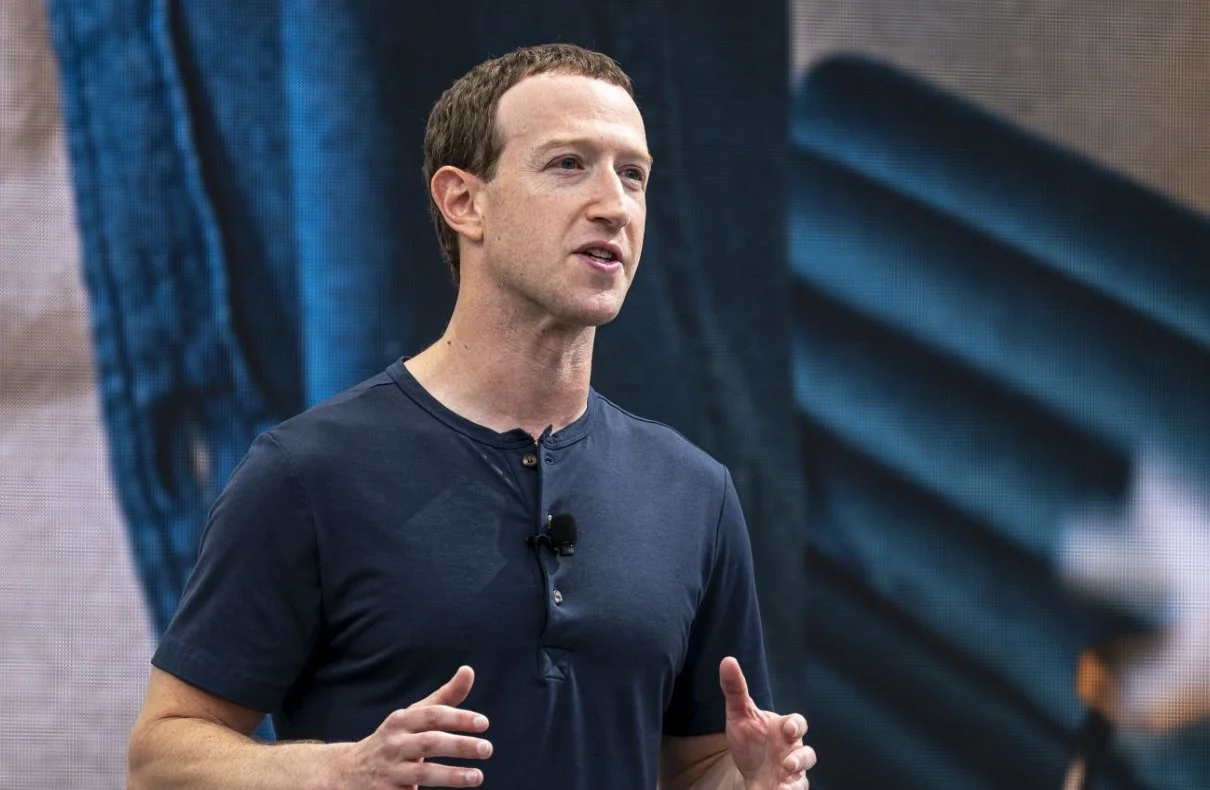
Artificial General Intelligence (AGI) is the holy grail of the tech industry, with companies like OpenAI and Google leading the race. Now, Meta CEO Mark Zuckerberg has announced his foray into the AGI space, revealing his vision for the future of AI.
Zuckerberg believes that the next generation of services requires the development of AGI. In a personal video, he emphasizes the need for advances in reasoning, planning, coding, memory, and cognitive abilities across all areas of AI. Meta aims to build the best AI assistants, AI for creators, AI for businesses, and more. To support this effort, Meta plans to have a massive array of compute power in its cloud facilities by the end of 2024.
By the end of 2024, Meta will have an impressive compute capacity of 350,000 Nvidia H100s, equivalent to around 600,000 H100 equivalents when including other GPUs. This compute power is crucial for training and running large AI models. With such a massive amount of compute power at its disposal, Meta plans to continue training its generative AI text model called Llama 3. Llama 3 is expected to challenge or even surpass OpenAI’s GPT-4, the current gold standard for generative AI models.
Meta CEO Mark Zuckerberg Dives Deep into AI Technology
Zuckerberg envisions a future where AI and the metaverse are closely intertwined. He believes that smart glasses will be the primary way people experience AI and the metaverse. Smart glasses, such as Meta’s Ray-Ban Meta glasses, offer an ideal form factor for allowing AI to see and hear what users see and hear. Zuckerberg is optimistic about the early success of Ray-Ban Meta glasses and sees them as a crucial component of Meta’s AI strategy.
The race to achieve AGI is not only about technical advancements but also about attracting top AI talent. Zuckerberg acknowledges the intense competition for AI researchers and engineers and the eye-popping compensation packages that come with it. To stay ahead in this talent war, Meta has been making significant investments in its compute power.
By the end of this year, Meta plans to own over 340,000 Nvidia H100 GPUs, the industry’s chip of choice for generative AI. This compute capacity is expected to be larger than any other individual company. Alongside the H100s, Meta will also stockpile almost 600,000 GPUs, including Nvidia A100s and other AI chips, by the end of 2024.
The path to AGI is not well-defined, and there is no clear consensus on its exact definition or timeline. Zuckerberg agrees that there isn’t a pithy definition for AGI but highlights the importance of its breadth and the various capabilities it encompasses, such as reasoning and intuition. He sees AGI’s arrival as a gradual process rather than a single transformative moment.
Meta’s focus on AGI was influenced by the release of Llama 2, its large language model. Although the ability to generate code may not seem relevant for Meta’s apps, Zuckerberg recognizes the importance of coding for developing smarter AI. As a result, Meta is training Llama 3, which will have code-generating capabilities and advanced reasoning and planning abilities.
The question of who controls AGI and whether it should be open or closed is a topic of debate in the AI community. Zuckerberg believes in the power of openness and the benefits it brings in terms of equal access to opportunity and value. Meta has adopted an open-source approach for its Llama models, allowing for broader access and collaboration.
Zuckerberg contrasts Meta’s approach with that of OpenAI, which initially intended to open-source its models but has become less transparent over time. He suggests that some companies prioritize protecting the value of their AI developments over openness. However, Zuckerberg acknowledges the need for flexibility and acknowledges that Meta’s approach may evolve based on what is safe and responsible.
Zuckerberg acknowledges the concentration of power that can arise from building valuable AI technologies. However, he believes that openness can address many issues related to unequal access to opportunity and value. He points out that some of the biggest companies in AI, which started as open and transparent, have shifted towards more closed approaches, aligning with their strategic interests.
Meta’s open vision for AI does not seek to eliminate concentration of power entirely but rather to shape it differently. As the largest social media company with billions of users, Meta aims to standardize AI development by releasing models openly. This approach allows Meta to influence the AI ecosystem and make its platforms even stickier and more useful.
The Impact of Gemini and AI on Google’s Stock Performance
Despite Meta’s new focus on AGI, Zuckerberg emphasizes that Meta remains committed to the metaverse and its Reality Labs initiatives. With an annual investment of over $15 billion, Meta continues to prioritize the development of the metaverse. The recent success of Ray-Ban smart glasses and the addition of a visual AI assistant demonstrate Meta’s dedication to merging AI and augmented reality.
Zuckerberg envisions a future where virtual worlds are generated by AI and populated by AI characters that interact with real people. Meta plans to launch a platform that allows users to create and distribute their own AI characters across Meta’s social apps, potentially enabling these AI characters to generate their own content on platforms like Facebook, Instagram, and Threads.
Zuckerberg sees a future where humans interact with AI on a daily basis. He believes that talking to AI will become a common activity, and smart glasses will facilitate this interaction by allowing AI to see and hear what users do. While some may not be ready for this future, Zuckerberg is excited about the inevitable integration of AI into human communication.
